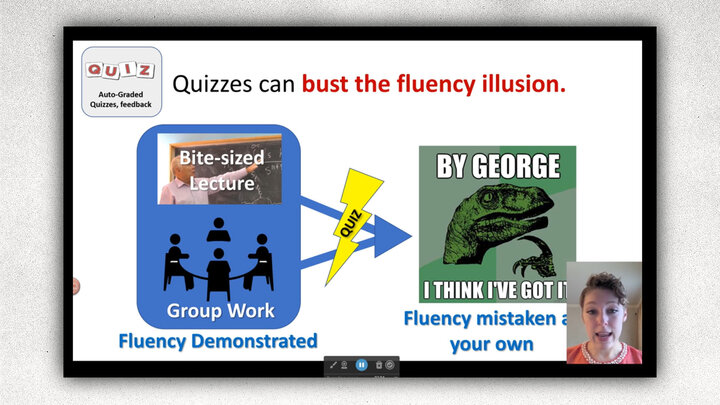What
Students are allowed to make meaningful choices about the content or format of a class assignment.
Why
The potential benefits of offering student choice include enhancing student engagement and motivation, increasing alignment with students’ interests and career plans, fostering intellectual curiosity and a love of lifelong learning, and encouraging students to approach assignments as a process of discovery and exploration, rather than “checking the boxes”. In my class, it also fosters inclusivity for students with a wide variety of career interests instead of focusing assignments on the most common career paths. The practice is guided by research and principles in the area of self-determination theory.
How
To implement the principles in self-determination theory, some instructors provide students with a “menu” of possible activities to choose from to demonstrate mastery of course objectives. That felt overwhelming to me, so I decided as a first step to incorporate student choice within my assignments.
- Think carefully about the goal(s) of an assignment and how it helps students achieve course objectives. In my assignment, I want students to demonstrate an ability to (a) leverage prior knowledge and brainstorming techniques to identify the accounting issues present in a situation, (b) analyze and justify how accounting regulations apply to the situation, and (c) articulate ideas with clarity, conciseness, and professionalism.
- Consider where you can offer students meaningful choice within your established goals. Rather than provide students with a standard fact pattern as a prompt, I allow students to choose a role (e.g., audit team for a large U.S. company or tax associate helping individuals prepare income taxes), a feasible situation they would face in the role, and a type of written documentation they would prepare in the role (e.g., a memo or a letter). This allows them to tailor the assignment to their interests (and perhaps future career plans) while still demonstrating their mastery of the assignment objectives.
- Don’t allow too much choice. It would be overwhelming for students if I gave a wide-open prompt to write about a solution to any accounting issue. In addition, that level of choice might not result in students’ achieving the goals for the assignment. When I introduce the assignment, I am intentional in telling students that assignment choice can be exciting, but also overwhelming, and I offer to meet with them to process ideas.
- Be prepared to offer thoughtful feedback. Students could be vulnerably sharing a piece of who they are with their assignment choices. An instructor responding to students’ chosen topics in a curious, positive way can further foster their desires to be lifelong learners.
Students provided the following feedback after my first semester implementing student choice within assignments:
“I liked having the freedom to choose what topics I wanted to research, I think this helped keep me engaged in class and in the work I was doing outside of class - honestly I have not stopped talking to my roommate about [chosen topic] since I started researching it…”
“I thought that it was open-ended enough to leave a lot of room for discovery which was overwhelming at first but more accurately simulates the real world.”
“I enjoyed the ability to pick perspectives and topics that align with the type of work I am interested in. With that flexibility can come the burden of having too broad of a scope to select a topic from. You are very supportive and helped me select a topic which I appreciate.”




